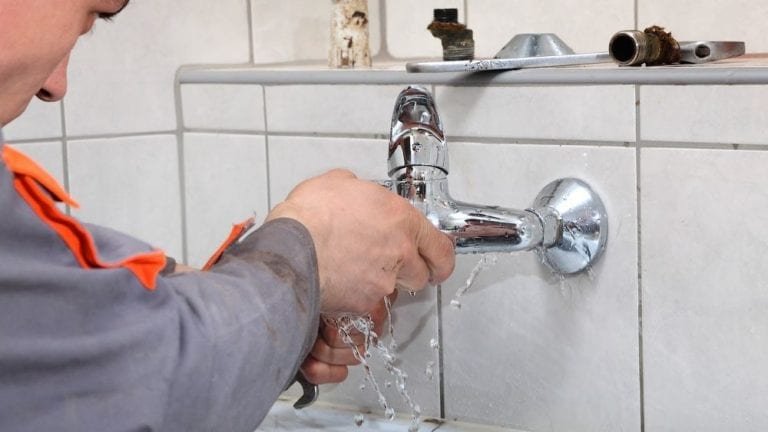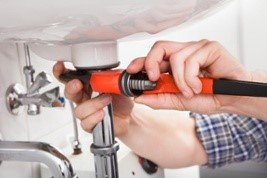Top 10 Plumbing Tips You Never Knew Existed
Major plumbing problems like clogged sewer lines, broken water heaters and gas leaks should definitely be left to professional technicians.
However, there are plenty of simple techniques and procedures you can perform to keep your household plumbing in tip-top shape and prevent large-scale plumbing issues from occurring.

Here are our favorite 10 plumbing maintenance tips for homeowners:
1. To maintain good water flow in showers and sinks, remove mineral deposits from shower heads and faucets by unscrewing them and soaking them for about 24 hours in a bowl or Ziploc bag filled with vinegar.
The mineral deposits should break down, leaving your shower heads and faucets clean and functioning better. If your showerhead or faucet is excessively clogged and does not come clean after soaking, replace it.
2. As your shower head ages, it will start to wear out and leak, or the nozzle holes can become enlarged, which will waste water. In general, shower heads only last around 10 years.
If your shower head is older than that, replace it with a newer, more energy-efficient model. Doing so will reduce your water usage by around 50 percent.
3. Periodically inspect faucets in bathroom, kitchen and utility room sink for puddles or drips. If you notice any leaky faucets, make the necessary repairs to save water.
4. Regularly examine the exposed pipes in your basement and under sinks for signs of leaks. If you see rust, buckling or drops of water, it’s time to call the plumber for a professional inspection.
5. Over time, your water heater’s storage tank can develop mineral deposits. This can affect the appliance’s performance or even corrosion, which damages the tank permanently.
To ensure the valve works properly, drain a few gallons of water from your hot water heater at least twice a year. This will remove any sediment that has accumulated inside the tank, which will maximize heating efficiency.
6. Replace your water heater if it’s more than 15 years old; newer water heaters are far more energy-efficient than older models. Consider installing a tankless water heater to cut down on water usage and lower your utility bills.
7. Install mesh drain covers in tubs, sinks, and showers. This will prevent hair, pieces of soap and other particles from entering the drains and clogging them up.
8. Don’t use your toilets as a garbage disposal. Besides human waste, the only other substances that should be flushed down your toilet is toilet tissue—and that should be used sparingly.
People are often tempted to flush hair, bandages, women’s sanitary products, paper towels and gum down the toilet, but these items should be discarded in a trash can instead. If you flush these materials down your toilet, it will only be a matter of time before you have a serious toilet clog.
9. Routinely inspect toilet bowls and tanks for leaks and cracks. A simple way to test your toilet for leaks is by adding a few drops of red food coloring to the tank. Let it sit for about an hour and then return to check it.
If the water in the toilet bowl is red, that means water is seeping through from the tank. This is easily remedied by replacing the tank ball.

10. If your toilet looks like it’s going to start overflowing, remove the tank lid and press down on the flush valve to plug the hole at the bottom of the tank. This will prevent the toilet from overflowing and allow you some time to determine the source of the problem.
Chances are, if you follow the tips above, you won’t encounter too many serious issues with your home plumbing. But if you do encounter problems and you don’t have the time, resources or know-how to remedy the situation, give our plumbing experts a call.
source: here
